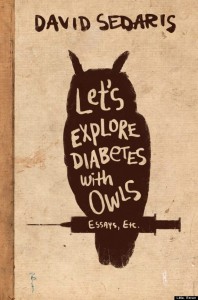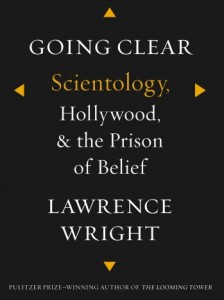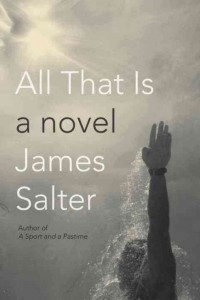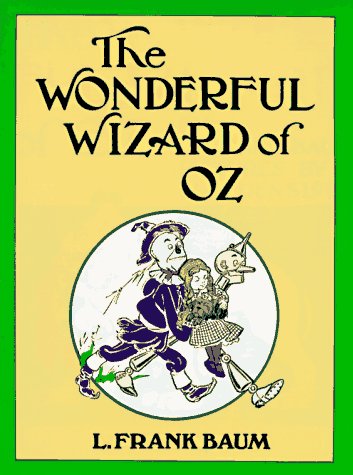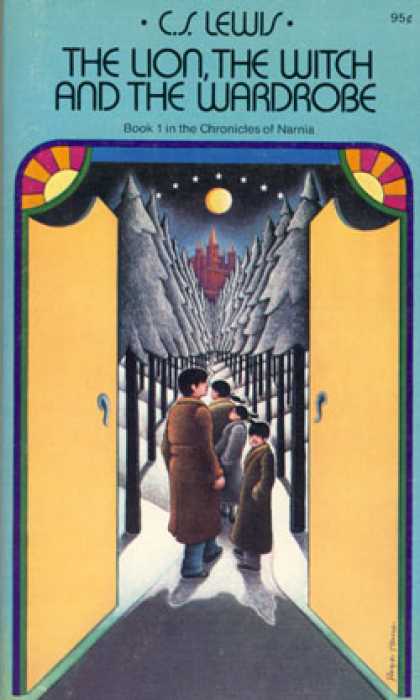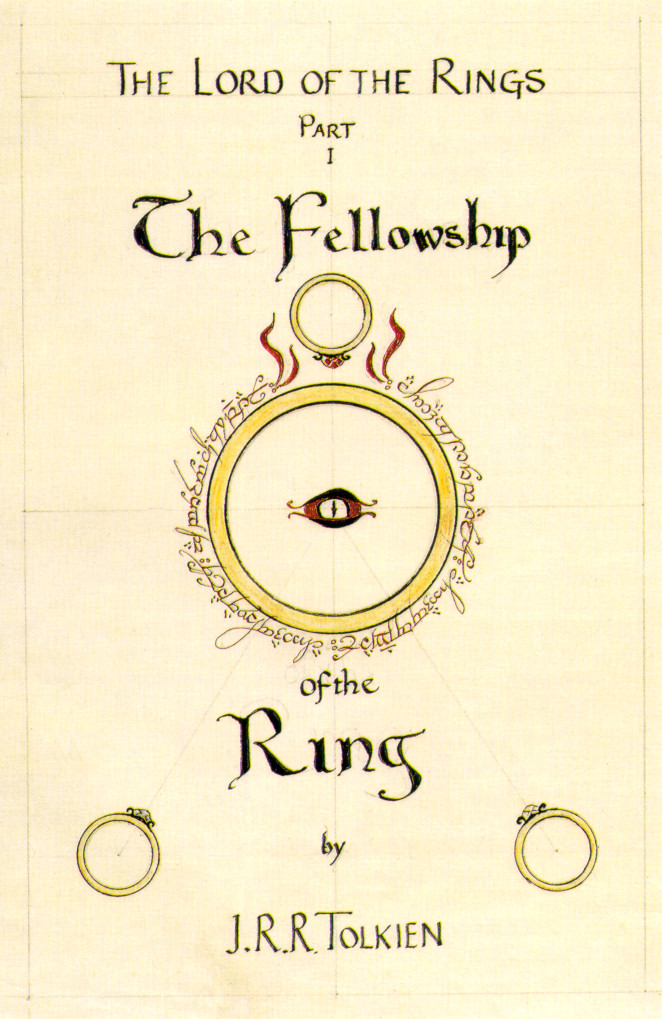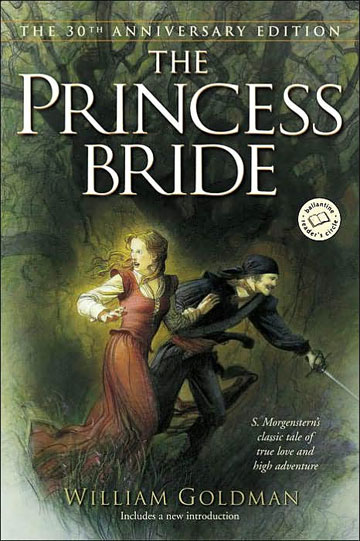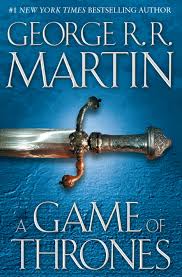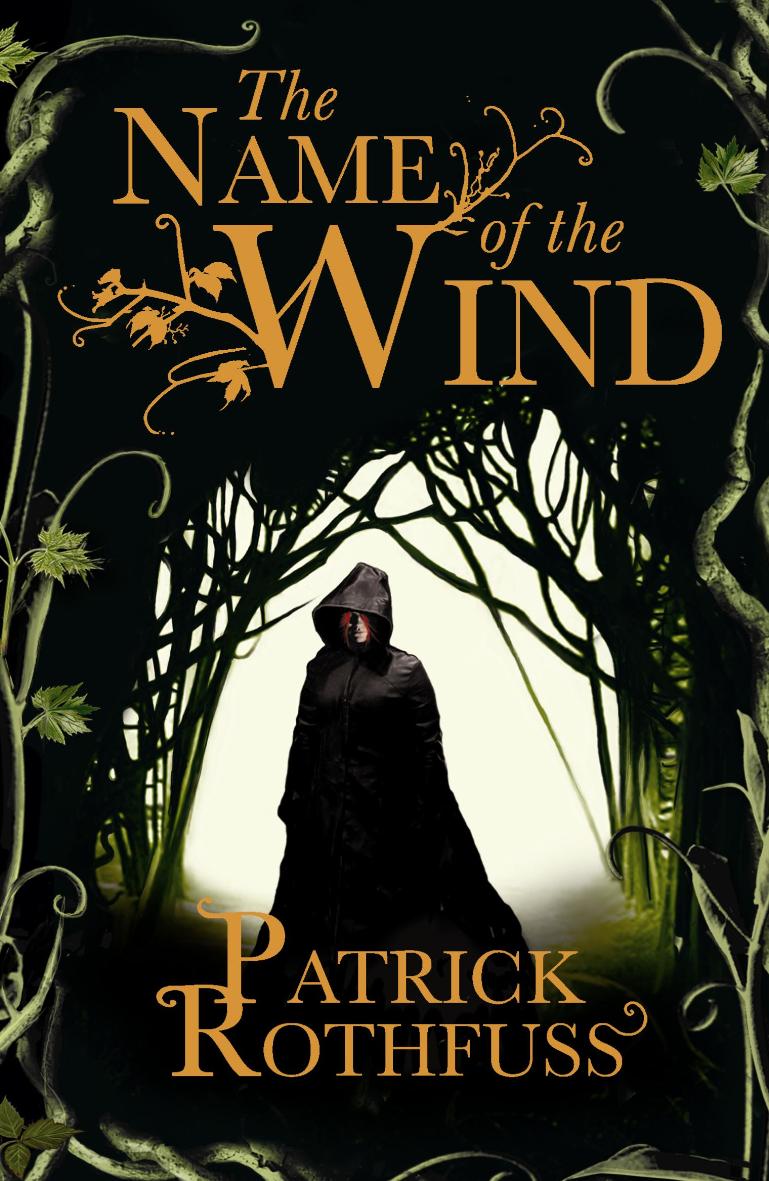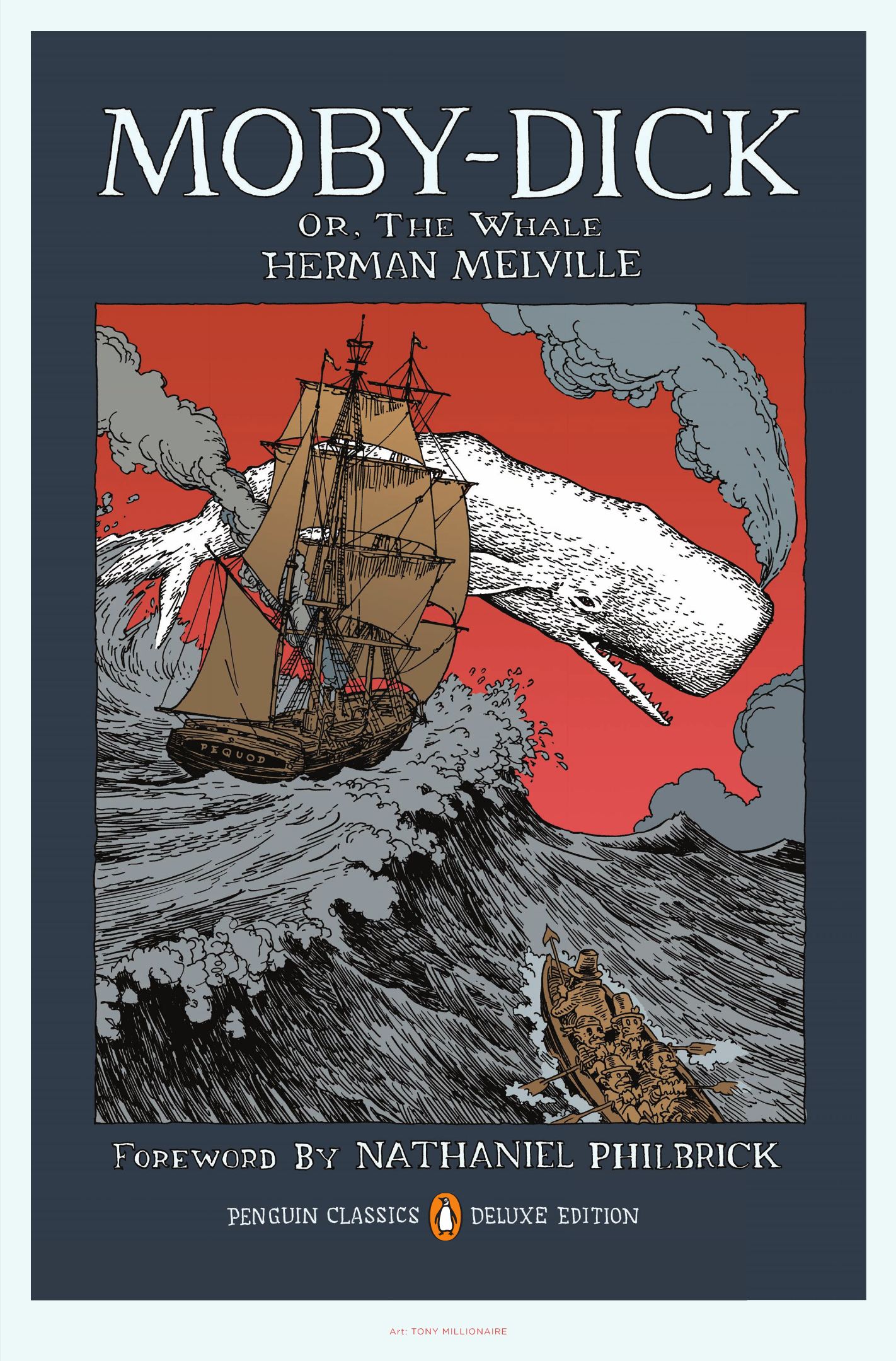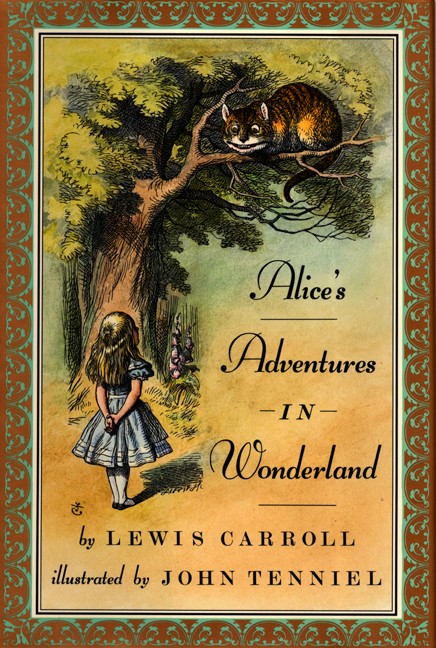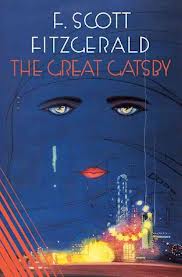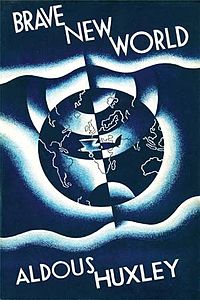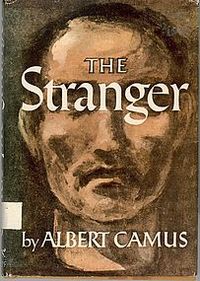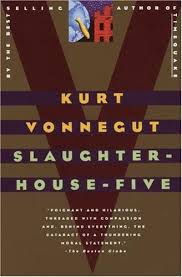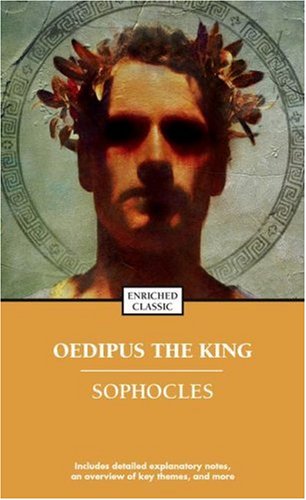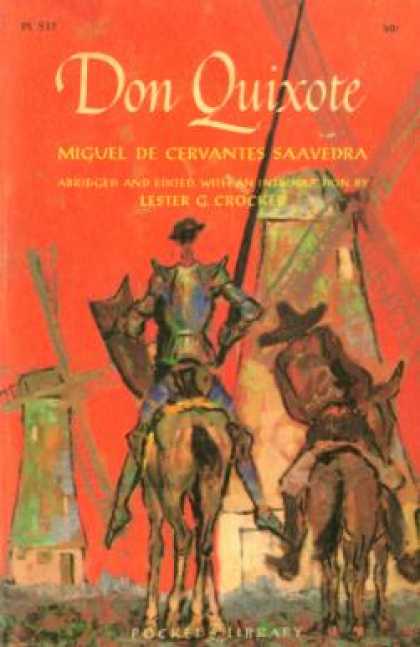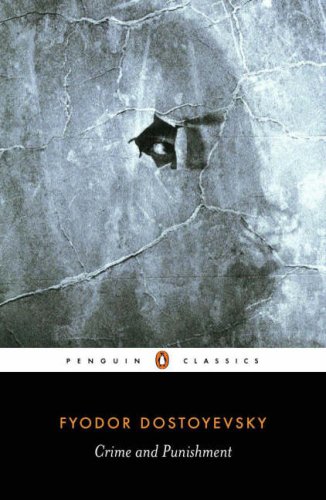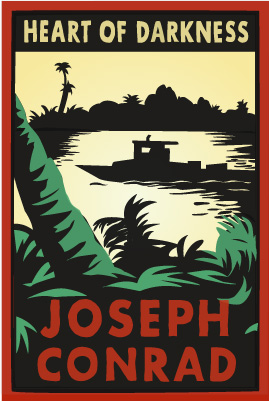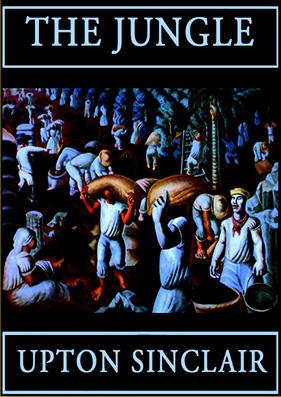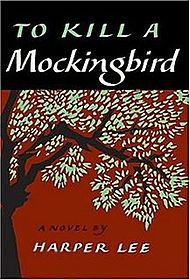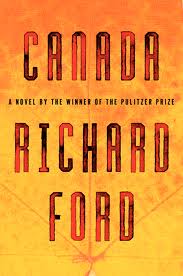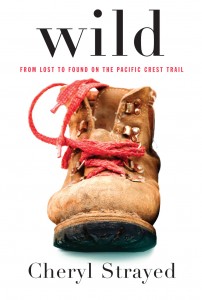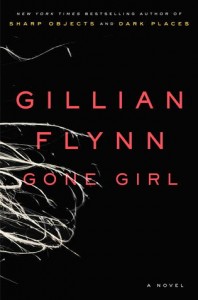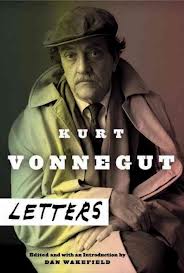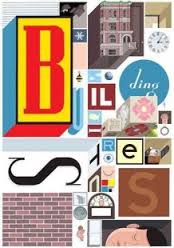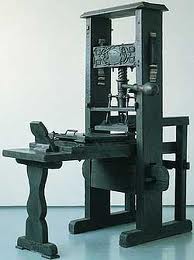 The 21st century has been a game changer in how books are distributed. Since Gutensburg’s printing press revolutionized the written word way back in 1450, pages have been printed on various kinds of paper and bound in plenty of different cover materials, but have more or less maintained a recognizable book form. The 19th and 20th centuries saw innovations in printing techniques, along with the rise of paperbacks, but the recent surge of mobile electronic devices has led to the proliferation e-books. But for many, new digital developments have only heightened the allure of hard copies of books, especially antique books.
The 21st century has been a game changer in how books are distributed. Since Gutensburg’s printing press revolutionized the written word way back in 1450, pages have been printed on various kinds of paper and bound in plenty of different cover materials, but have more or less maintained a recognizable book form. The 19th and 20th centuries saw innovations in printing techniques, along with the rise of paperbacks, but the recent surge of mobile electronic devices has led to the proliferation e-books. But for many, new digital developments have only heightened the allure of hard copies of books, especially antique books.
There’s just something about that old book smell, something about pondering all the hands a book has passed through and places its been, that make these antique books so desirable. While collecting antique books for personal fulfillment is certainly an enriching experience, there’s also money to be made. “Book hounds” can make a pretty penny by sniffing out the antique books that can be of great value to other collectors, as antiques are often undervalued by their owners who simply haven’t done their homework. Ironically, the rise of the Internet and ubiquity of mobile devices can actually help antique book collectors more conveniently seek out quality purchases and find buyers for these often overlooked treasures, while turning a tidy profit in the meantime.
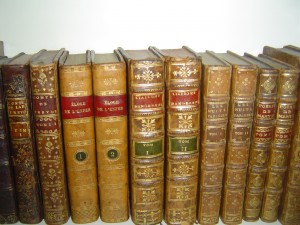 However, old doesn’t automatically equal antique. Plenty of old books are monetarily worthless. And just because an author or a particular book may be popular, doesn’t mean older copies of her books are considered valuable antiques. It’s important to find out whether a book is a first edition or if the book is a lesser known work by a famous author or one that was published prior to the author’s rise to fame.
However, old doesn’t automatically equal antique. Plenty of old books are monetarily worthless. And just because an author or a particular book may be popular, doesn’t mean older copies of her books are considered valuable antiques. It’s important to find out whether a book is a first edition or if the book is a lesser known work by a famous author or one that was published prior to the author’s rise to fame.
While it’s always beneficial to keep an eye out for first editions, it’s also important to note that many successful or classic books also received more than one printing during their first edition run. For instance, a first printing copy of J.D. Salinger’s seminal novel The Catcher in the Rye could be worth $5,000 or more if in excellent condition, but a second or third printing from the first edition is only worth $100-$300.
And of course, as with any antique, the condition of the book plays a large factor in its value. If a hardbound book comes with its original dust jacket in good condition, the value of the book is greatly increased. Sometimes, the value of an antique is increased due to even more obscure reasons. A first edition, first printing of Dr. Seuss’ Green Eggs and Ham can be worth around $300 in good condition, but if it includes the rare 50-word vocabulary sticker on its cover, the value skyrockets to upwards of $4000.
So whether you want to collect antique books for the satisfaction of owning a piece of history, monetary gain through savvy purchases and subsequent sales, or for a family heirloom, these books are out there a flea markets, used book stores, rummage sales, thrift shops, and of course online. You simply have to do your homework and know what to look for.
